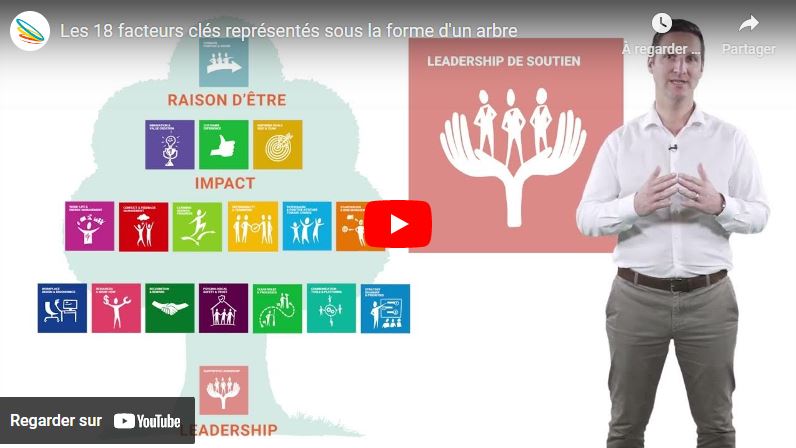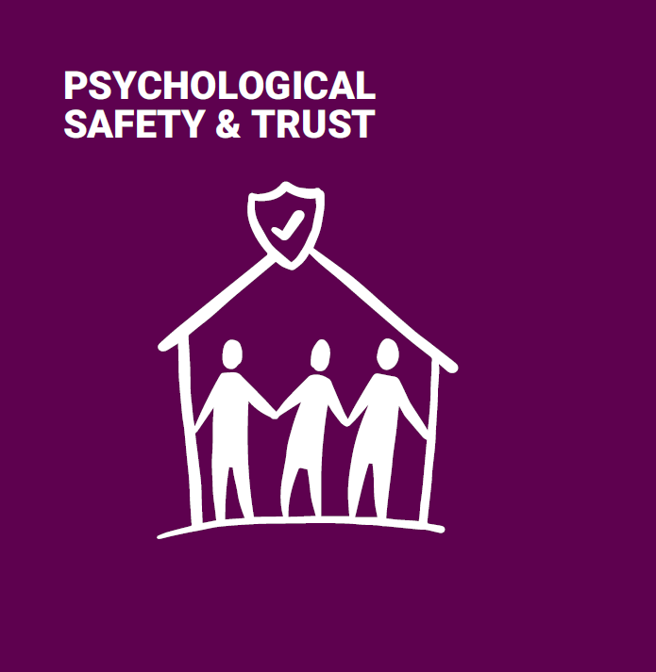

Living in our ever-changing world generates inner insecurity, fear and even anxiety in many people. Leaders need to create a sense of reassurance, both within themselves and within their teams.
Organizations that focus on creating a trusting work environment outperform others - and this type of organizational culture is taking on increasing significance in our modern economy, as Simon Sinek explained in a TED conference.
According to Harvard professor Amy Edmondson, psychological safety and mutual trust aren't just about being nice. It's about promoting sincere and constructive feedback, openly acknowledging one's own mistakes, cultivating a spirit of curiosity and accepting to learn from others.